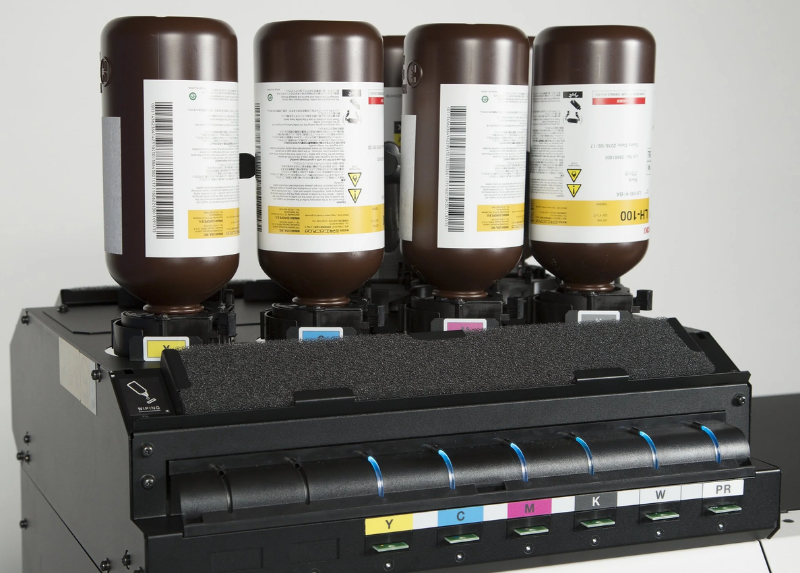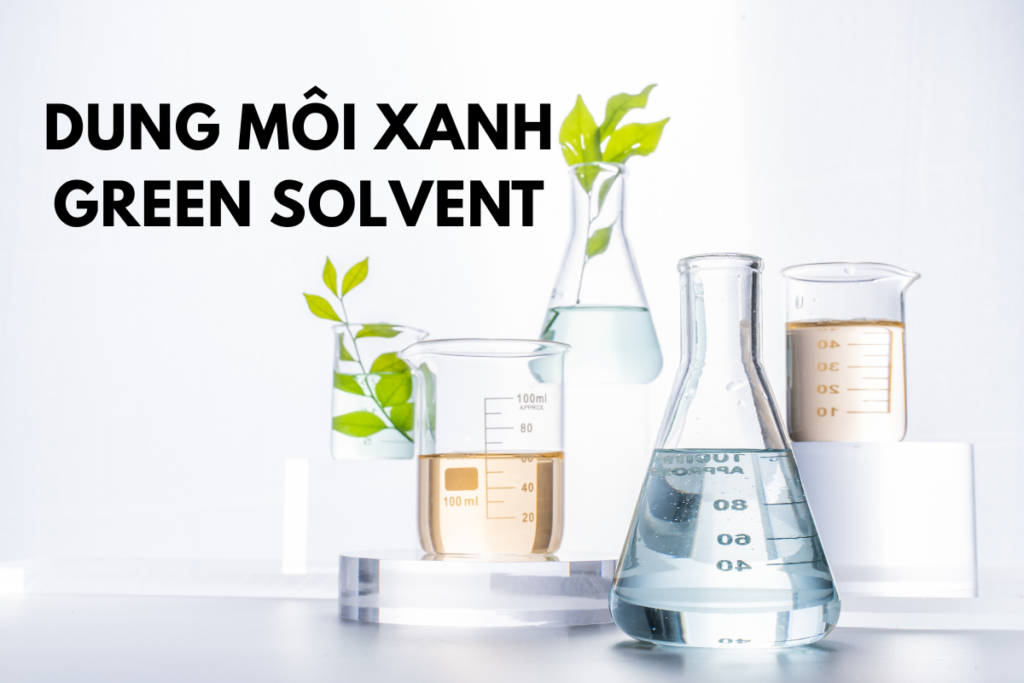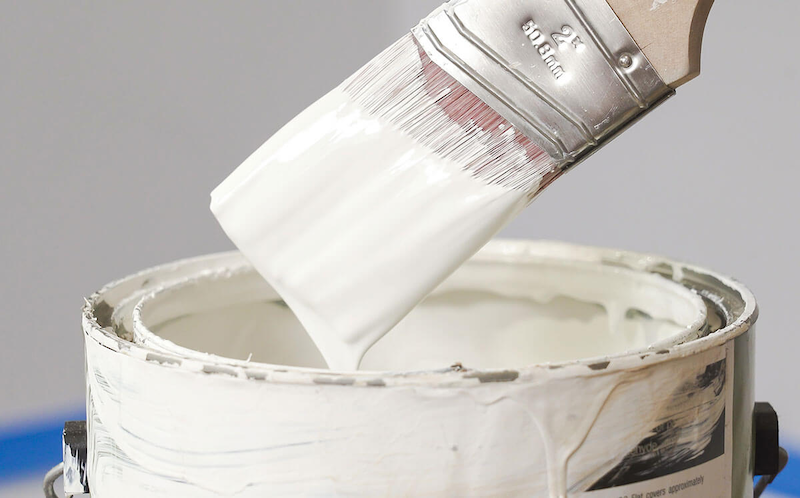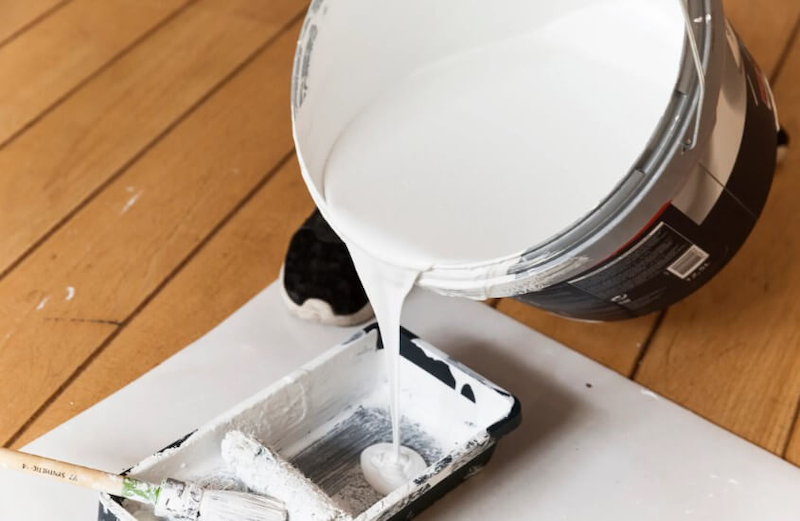What is the organic compound Dimethyl Carbonate (DMC) OC(OCH3)2?
26/06/2025
|
Industry news
Dimethyl Carbonate (DMC) OC(OCH3)2 is a versatile organic compound, widely used in the chemical industry, industrial cleaning, household and energy. With its environmentally friendly properties, DMC is becoming an optimal alternative to toxic solvents. So what is DMC and why is it important? The following article will provide you with more information about this organic compound!
What is DMC solvent?
Dimethyl Carbonate (DMC) solvent is an organic compound with the chemical formula (CH₃O)₂CO or C₃H₆O₃. This is a type of carbonate ester, which exists as a colorless, odorless liquid, has low corrosiveness and is considered an environmentally friendly solvent because it is halogen-free, non-toxic and easily biodegradable. DMC is widely used in many industries due to its outstanding physical and chemical properties.
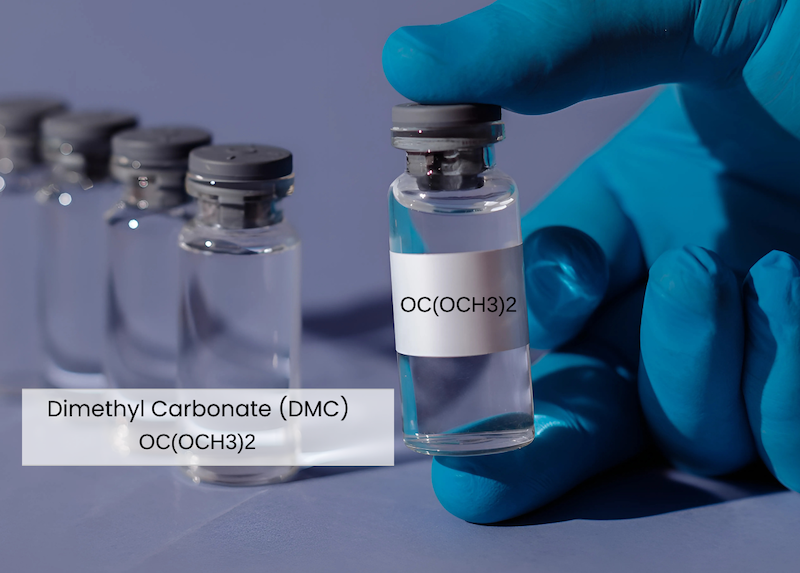
Characteristic properties of DMC solvent
Physical properties of OC(OCH3)2
- State: Colorless, transparent, odorless liquid.
- Density: ~1.07 g/cm³.
- Boiling temperature: ~90°C (low, making it easy to recycle and handle).
- Flash point: ~17°C (flammable, need to be used with care).
- Viscosity: Low, making it easy to mix and distribute in solution.
- Vapor pressure: Low, reducing the risk of uncontrolled evaporation.
Chemical properties of Dimethyl Carbonate solvent
- Aprotonic properties: DMC is an aprotonic solvent, does not form protons in chemical reactions, making it suitable as a reaction medium for many organic synthesis processes.
- Chemical stability: DMC has high chemical stability, is not easily decomposed under normal environmental conditions, and does not react with strong oxidants or strong acids under normal conditions.
- Solubility: DMC has good solubility with many organic compounds (such as ethanol, ether, acetone) and some inorganic compounds, but is slightly soluble in water.
- Chemical reactions: DMC can participate in esterification reactions, transesterification, or as an intermediate in organic synthesis. It can react with compounds containing hydroxyl or amine groups to produce carbonate derivatives.
- Environmentally friendly: DMC is non-greenhouse, non-ozone depleting, and biodegradable, making it an alternative to toxic solvents such as Toluene and MEK (the US Environmental Protection Agency USEPA exempted DMC from the list of volatile organic compounds (VOCs) as defined by US regulations in 2009).

Dimethyl Carbonate Solvent Production Process
DMC can be synthesized by many methods, the main methods include:
1 – Methanol oxidation:
Methanol (CH₃OH) reacts with carbon monoxide (CO) and oxygen (O₂) under catalytic conditions (usually copper or palladium):
2CH3O + CO + ½ O2 → (CH3O)2CO + H2O
This method is commonly used in industry because of its high efficiency and low cost.
2 – Reaction between methanol and carbon dioxide (CO₂):
DMC is synthesized from methanol and CO₂ with the help of a catalyst (usually a metal oxide or metal complex):
2CH3OH + CO2 → (CH3O)2CO + H2O
This method is environmentally friendly because it uses CO₂, helping to reduce greenhouse gas emissions.
3 – Traditional method (phosgene):
DMC was once prepared from phosgene (COCl₂) and methanol, but this method is rarely used today because phosgene is highly toxic:
COCl₂ + 2CH3OH → (CH3O)2CO + 2HCl
The methanol oxidation method and the use of CO₂ are modern methods, preferred because of their safety and environmental friendliness.

Applications of Dimethyl Carbonate Solvent in Industrial Production
DMC is widely used in many industries due to its superior properties:
- Solvent in the production of paints, inks and coatings: DMC is used to dilute paints, inks and coatings, helping to adjust the viscosity and increase the drying speed of the product. Replace toxic solvents such as toluene or xylene in the production of paints and inks.
- Intermediate in organic synthesis: DMC is a raw material for the production of chemical compounds such as polycarbonate, fillers, flame retardants, and softeners. Used in pharmaceutical synthesis reactions, especially in the production of injectable drugs.
- Pharmaceutical industry: DMC is an ideal solvent in drug production, especially in processes that require a non-toxic environment and chemical stability.
- Lithium-ion battery production: DMC is an important component in the electrolyte solution of lithium-ion batteries, helping to improve the performance and safety of the battery.
- Biofuels: DMC is used as a substitute for methyl tert-butyl ether (MTBE) in biofuels, improving octane and reducing emissions.
- Metal processing and cleaning chemicals: DMC is used in metal surface cleaning processes and in the production of cleaning chemicals due to its good solubility and low corrosiveness.
- Polymer production: DMC is used in the production of polycarbonates and other engineering polymers, replacing more toxic chemicals.
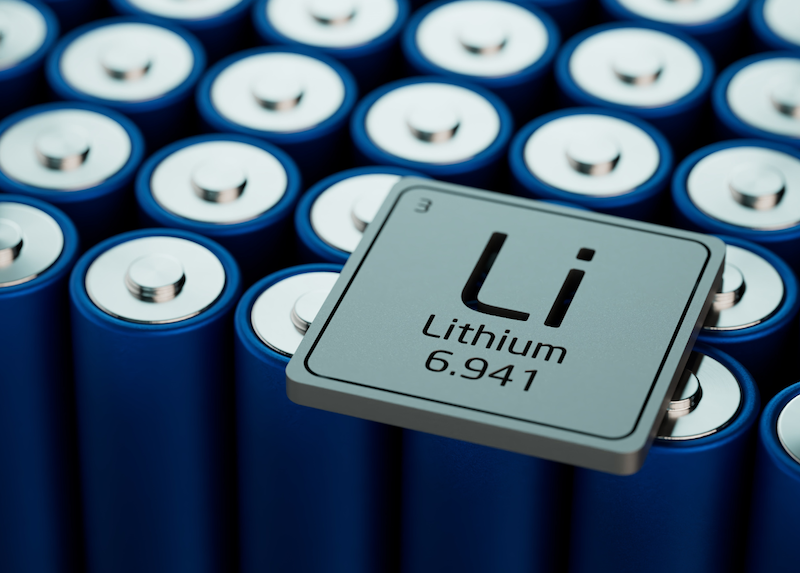
Notes on using and storing DMC (Dimethyl Carbonate) solvent
Although DMC is considered safer than many other solvents, it still poses some risks, especially due to its flammability. Here are some important notes:
- DMC is flammable, so keep it away from heat, sparks, or flames.
- Read the Safety Data Sheet (SDS/MSDS) carefully before use to understand the risks and how to handle it.
- Transport DMC by specialized means, avoid strong impacts to reduce the risk of leakage.
Safe storage
- Storage conditions:
- Store in a cool, dry, well-ventilated warehouse, away from direct sunlight and heat sources.
- Use a sealed container (coated steel tank, HDPE plastic can, or specialized IBC tank) to prevent evaporation.
- Avoid contact with hazardous substances: Do not store it together with strong oxidizers, strong acids, or sources of electric sparks.
- Labeling and inspection:
- Affix hazardous chemical warning labels on packaging, clearly stating the ingredients and instructions for handling in case of an incident.
- Check periodically for leaks or deterioration.
- Fire prevention: Equip fire-fighting equipment (CO₂ or dry powder extinguishers) and spill-proof floors in storage areas.
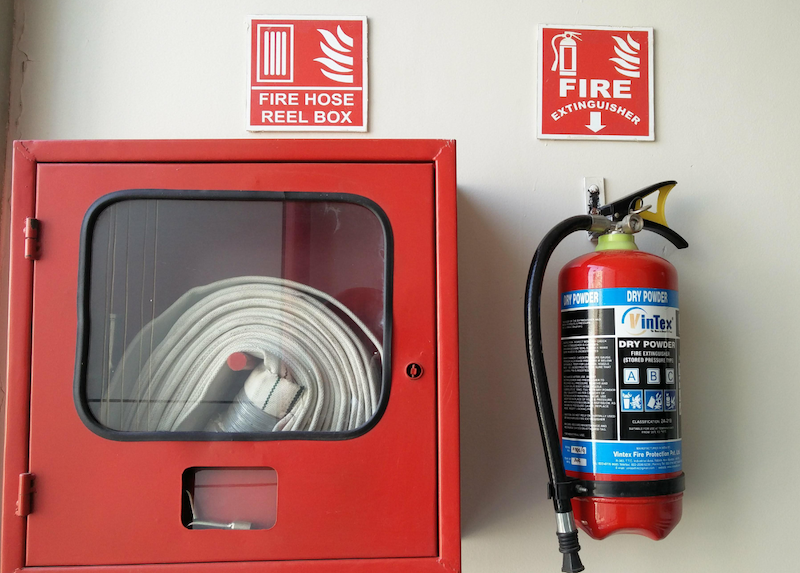
Safe Handling
- Personal Protective Equipment (PPE):
- Wear chemical-resistant gloves (such as nitrile gloves), safety glasses, and a respirator when working in confined spaces.
- Wear protective clothing to avoid direct skin contact.
- Ventilation: Work in a well-ventilated area to avoid accumulation of DMC vapors, especially since DMC has a low flash point (~17°C).
- Incident Handling:
- If DMC comes into contact with skin or eyes, flush immediately with clean water for at least 15 minutes and seek medical attention if necessary.
- In case of leakage or spillage, isolate the area, using absorbent material (such as dry sand, clay, or activated carbon) to prevent further spread.
- Waste Disposal: Do not pour DMC down the drain. Collect in a designated container and dispose of according to hazardous waste regulations.

DMC solvent is an organic compound that stands out for its environmental friendliness and has a wide range of industrial applications such as paints, lithium-ion batteries, and even pharmaceuticals. DMC plays an important role in sustainable development when it can replace toxic solvents. Learn more about DMC solvent to seize the opportunity and take advantage of the potential application of this compound in modern production!
K-CHEM VIETNAM CO., LTD
- Address: N6B Street, Lot F, Phu Chanh 1 Industrial Cluster, Phu Chanh Ward, Tan Uyen City, Binh Duong Province, Vietnam
- Phone: +84 274 362 0218
- Email: info@k-chem.vn


